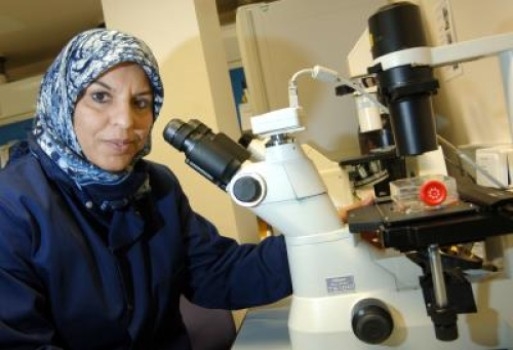Although there is not an existing blood test that can identify early-stage osteoarthritis (eOA), a new biomarker finding documented in Nature Scientific Reports could be the first step in developing one.
Naila Rabbani, PhD, and colleagues at Warwick Medical School created an algorithm that could lead to an osteoarthritis diagnosis before any physical symptoms occur with just a single test. They based their analysis in part on previous research that showed people with early-stage rheumatoid arthritis (eRA) may have citrullinated proteins (CPs) in their blood.
“It has been long established that the autoimmunity of early-stage RA leads to antibodies to CPs, but the autoimmunity, and hence antibodies, are absent in early-stage OA,” Rabbani said in a news release.
The researchers created an algorithm consisting of three biomarkers, CPs, anti-CP antibodies, and the bone-derived substance, hydroxyproline.
Tests to diagnose rheumatoid arthritis already exist; however, this finding brings something new to the table. Not only did the team discover for the first time that increased CPs levels exist in both eOA and eRA, but they found that they can discriminate between the two.The algorithm can also be applied to detecting other non-RA inflammatory joint diseases and skeletal health.
“Using this knowledge and applying the algorithm of biomarkers we developed provides the basis to discriminate between these two major types of arthritis at an early stage,” said Rabbani.
This discovery opens the door to the possibility of developing an eOA blood test. If created, the test could result in detection before joint damage begins, which could lead to improved treatment and more positive patient outcomes. Rabbani said that an early diagnosis gives the best chance for effective treatment.
“This is a remarkable and unexpected finding,” Rabbani said. “Detection of early stage-OA made the study very promising and we would have been satisfied with this only – but beyond this we also found we could detect and discriminate early-stage RA and other inflammatory joint diseases at the same.”
Source: hcplive.com







